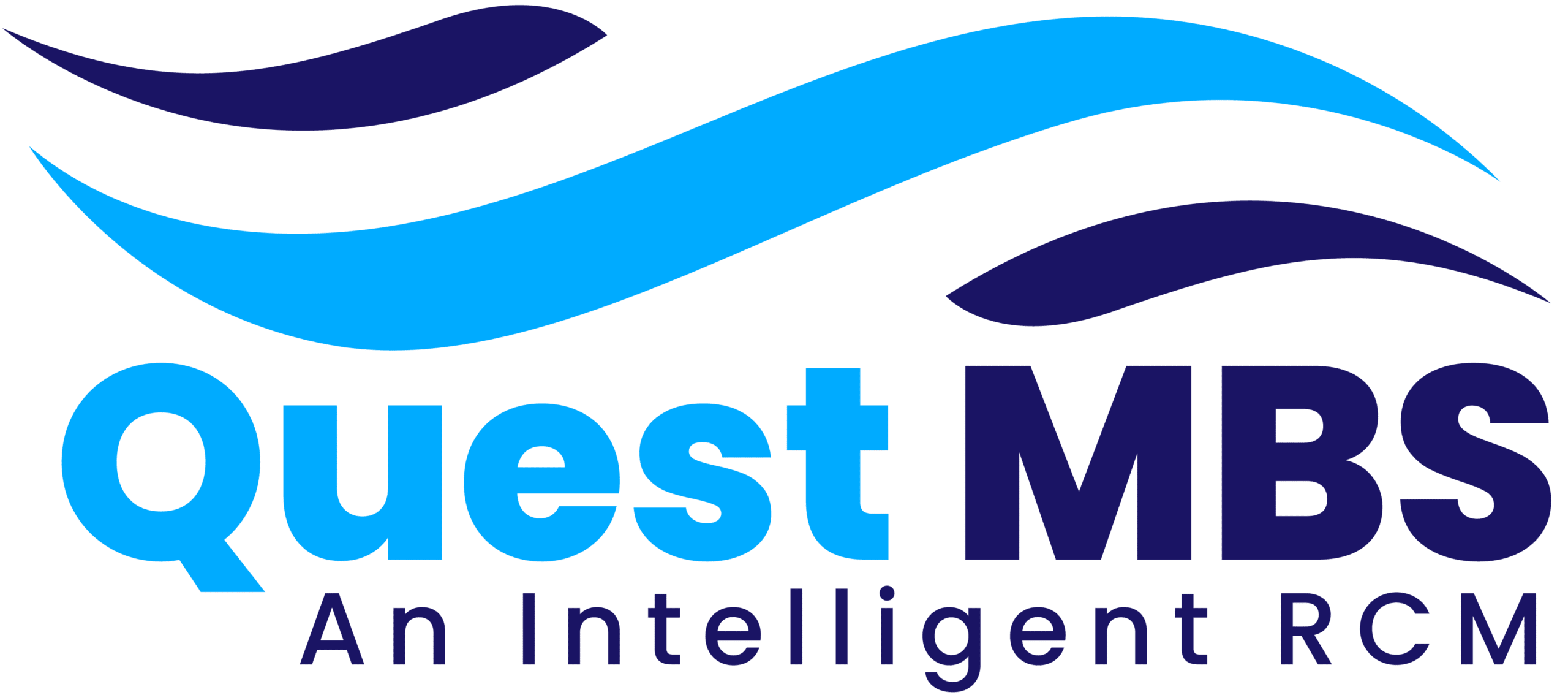Introduction
Emergency room (ER) medical billing is one of the most complex areas of healthcare finance. Unlike scheduled medical visits, emergency room services are unpredictable, fast-paced, and involve multiple providers, procedures, and insurance complexities. Hospitals must bill accurately while ensuring compliance with regulations and securing reimbursements from insurance companies, government programs, and self-paying patients.
However, ER medical billing comes with many challenges, including coding errors, insurance claim denials, patient disputes, and high costs. This article explores the challenges in ER billing and provides solutions to improve efficiency and maximize reimbursements.
1. Understanding Emergency Room Medical Billing
Emergency room billing involves several steps:
- Patient registration – Collecting insurance details.
- Medical coding – Assigning appropriate ICD-10, CPT, and HCPCS codes.
- Claim submission – Sending claims to insurance companies.
- Insurance processing – Determining coverage and patient responsibility.
- Billing and collections – Managing patient payments and insurance reimbursements.
Unlike standard doctor visits, ER billing often includes multiple services such as:
✔ Emergency physician services
✔ Diagnostic tests (X-rays, CT scans, MRIs, blood tests)
✔ Procedures (sutures, fracture care, surgeries)
✔ Facility fees (hospital use charges)
✔ Specialist consultations
Given this complexity, ER billing is prone to errors, delays, and denials, making it a critical area for hospitals to optimize.
2. Challenges in Emergency Room Medical Billing
a) High Volume and Fast-Paced Nature
Emergency rooms handle a large number of patients daily, making accurate data collection and billing difficult. Doctors and nurses focus on saving lives rather than documentation, which can lead to incomplete records and billing errors.
b) Insurance Verification Issues
Many ER patients arrive without valid insurance information or proper documentation, leading to:
- Delayed reimbursements.
- Claim denials due to missing or incorrect data.
- Higher out-of-pocket costs for patients.
c) Complex Coding Requirements
ER visits involve multiple procedures and diagnoses, requiring accurate coding to avoid:
- Upcoding (billing for more expensive services than provided).
- Downcoding (undercharging, leading to revenue loss).
- Incorrect use of CPT and ICD-10 codes, resulting in claim rejections.
d) Insurance Claim Denials and Rejections
Insurers frequently deny ER claims due to:
- Lack of medical necessity documentation.
- Incorrect or missing codes.
- Coordination of benefits issues (primary vs. secondary insurance conflicts).
Claim denials increase hospital costs and delay payments, affecting cash flow.
e) Emergency Room Facility Fees
Hospitals charge facility fees to cover staff, equipment, and resources. However, insurance companies may:
- Partially cover these fees.
- Require justification for high facility charges.
- Deny payment if the visit is deemed non-emergency.
This leads to disputes between hospitals, insurers, and patients.
f) Uninsured and Underinsured Patients
A significant number of ER patients:
- Have no insurance (leading to uncompensated care).
- Have high deductibles they cannot afford.
- Refuse to pay their bills, leading to hospital revenue loss.
g) Compliance and Regulatory Issues
Emergency room billing must comply with:
✔ HIPAA (for patient privacy).
✔ Medicare and Medicaid guidelines.
✔ The No Surprises Act (protects patients from unexpected out-of-network charges).
Failure to follow these regulations can result in legal penalties, audits, and financial losses.
3. Solutions to Improve Emergency Room Medical Billing
a) Implement Real-Time Insurance Verification
Hospitals should use automated eligibility verification systems to check a patient’s insurance status instantly. This reduces:
- Errors in insurance claims.
- Unpaid claims due to incorrect information.
- Processing time for reimbursements.
b) Improve Documentation and Coding Practices
Proper documentation helps justify medical necessity and supports claim approvals. Best practices include:
- Training ER physicians on proper documentation.
- Using electronic health records (EHRs) to capture accurate details.
- Employing certified medical coders to prevent billing errors.
- Conducting regular audits to identify and fix coding mistakes.
c) Use AI and Automation in Billing
Artificial intelligence (AI) can help reduce manual errors and speed up claims processing by:
- Identifying coding inconsistencies.
- Flagging potential denials before submission.
- Predicting claim approval likelihood based on historical data.
Automation in medical billing leads to higher accuracy and faster reimbursements.
d) Streamline Claims Management and Denial Prevention
- To reduce claim denials, hospitals should:
- Pre-authorize treatments when possible.
- Use billing software to track claims and flag potential issues.
- Appeal denied claims quickly with proper documentation.
- Ensure compliance with insurance policy guidelines.
e) Educate Patients on Payment Options
Hospitals should:
- Inform patients about their financial responsibilities upfront.
- Offer payment plans for uninsured or underinsured patients.
- Use digital payment portals for easy online transactions.
A proactive approach reduces bad debts and increases collections.
f) Ensure Compliance with Legal and Regulatory Guidelines
To avoid legal risks, hospitals must:
- Follow Medicare and Medicaid billing rules.
- Ensure full transparency in patient billing.
- Prevent surprise billing by clearly explaining out-of-network costs.
- Conduct regular internal audits to avoid fraud and compliance issues.
g) Outsource Medical Billing to Professionals
Many hospitals outsource medical billing to third-party providers to:
- Reduce administrative burden.
- Improve billing accuracy.
- Increase reimbursement rates.
Outsourcing to certified medical billing companies ensures compliance and efficiency.
4. The Future of Emergency Room Medical Billing
a) Increased Use of AI and Machine Learning
- AI-driven billing software will improve claim accuracy and reduce denials.
- Machine learning will help predict claim approval probabilities.
b) Telemedicine and ER Billing Adjustments
- With the rise of telehealth, ERs will need new billing models for virtual emergency consultations.
c) Shift to Value-Based Billing
- Instead of fee-for-service, hospitals may adopt value-based payment models where reimbursements depend on patient outcomes.
d) Blockchain for Secure Transactions
- Blockchain technology may enhance billing security, reduce fraud, and speed up payments.
Conclusion:
Emergency room medical billing is challenging due to its high volume, coding complexities, insurance denials, and regulatory compliance issues. However, hospitals can improve efficiency, maximize reimbursements, and reduce financial losses by:
- Using automated insurance verification.
- Enhancing documentation and coding accuracy.
- Leveraging AI-driven billing solutions.
- Streamlining claim management and appeals.
- Educating patients on payment options.
- Ensuring compliance with legal regulations.
By implementing these solutions, hospitals can optimize their ER billing processes, reduce claim denials, and improve revenue cycle management while ensuring quality patient care.







